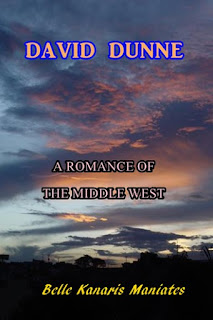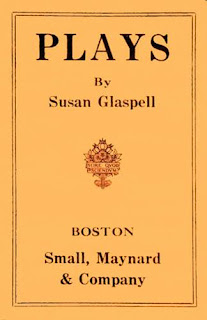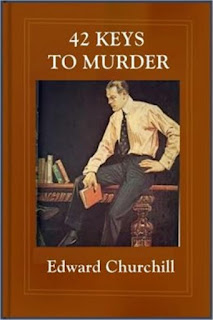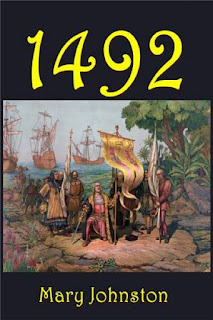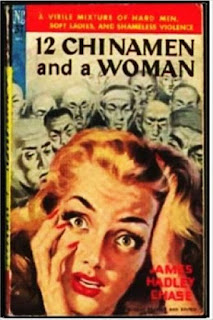54 - 40 or Fight by Emerson Hough is a somewhat fanciful version of
American History. Very readable and a great education for those who
love adventure and history.
The
Oregon boundary dispute or the
Oregon Question
was a controversy over the political division of the Pacific Northwest
of North America between several nations that had competing territorial
and commercial aspirations over the region.
Expansionist competition into the region began in the 18th century,
with participants including the Russian Empire, the United Kingdom,
Spain and the United States. By the 1820s, both the Russians, through
the Russo-American Treaty of 1824 and the Russo-British Treaty of 1825,
and the Spanish, by the Adams–Onís Treaty of 1819, formally withdrew
their territorial claims in the region. Through these treaties the
British and Americans gained residual territorial claims in the disputed
area. The remaining portion of the North American Pacific coast
contested by the United Kingdom and the United States was defined as the
following: west of the Continental Divide of the Americas, north of
Alta California at 42nd parallel north, and south of Russian America at
parallel 54°40′ north; typically this region was referred to by the
British as the Columbia District and the Oregon Country by the
Americans. The Oregon dispute began to become important in geopolitical
diplomacy between the British Empire and the new American republic,
especially after the War of 1812.
In the 1844 U.S. presidential election, ending the Oregon Question by
annexing the entire area was a position adopted by the Democratic
Party. Some scholars have claimed the Whig Party's lack of interest in
the issue was due to its relative insignificance among other more
pressing domestic problems. Democratic candidate James K. Polk appealed
to the popular theme of manifest destiny and expansionist sentiment,
defeating Whig Henry Clay. Polk sent the British government the
previously offered partition along the 49th parallel. Subsequent
negotiations faltered as the British plenipotentiaries still argued for a
border along the Columbia River. Tensions grew as American
expansionists like Senator Edward A. Hannegan of Indiana and
Representative Leonard Henly Sims of Missouri, urged Polk to annex the
entire Pacific Northwest to the 54°40′ parallel north, as the Democrats
had called for in the election. The turmoil gave rise to slogans such as
"Fifty-four Forty or Fight!" As relations with Mexico were rapidly
deteriorating following the annexation of Texas, the expansionist agenda
of Polk and the Democratic Party created the possibility of two
different, simultaneous wars for the United States. Just before the
outbreak of the Mexican–American War, Polk returned to his earlier
position of a border along the 49th parallel.
The 1846 Oregon Treaty established the border between British North
America and the United States along the 49th parallel until the Strait
of Georgia, where the marine boundary curved south to exclude Vancouver
Island and the Gulf Islands from the United States. As a result, a small
portion of the Tsawwassen Peninsula, Point Roberts, became an exclave
of the United States. Vague wording in the treaty left the ownership of
the San Juan Islands in doubt, as the division was to follow "through
the middle of the said channel" to the Strait of Juan de Fuca. During
the so-called Pig War, both nations agreed to a joint military
occupation of the islands. Kaiser Wilhelm I of the German Empire was
selected as an arbitrator to end the dispute, with a three-man
commission ruling in favor of the United States in 1872. There the Haro
Strait became the border line, rather than the British favored Rosario
Strait. The border established by the Oregon Treaty and finalized by the
arbitration in 1872 remains the boundary between the United States and
Canada in the Pacific Northwest.
This EPUB is readable on all devices and
on every web browser on every computer and cell phone. Kindle, Nook,
Ipod, Ipad, Android, Windows, and Mac all support this format. This EPUB
has no encryption, so one can safely and easily move it from one device
to another, or share it with others.
We use Paypal as our processor. With
Paypal, you do not need to be a member of Paypal to use. All of your
information is safe and secure. This site never receives ANY information
about you, and it can not be shared with anyone. Feel secure in using
Paypal. They take credit cards, debit cards, and online checks fom over
200 countries world wide.









